Regular maintenance of phase contrast microscopes guarantees ideal imaging and equipment longevity. You’ll need to clean objective lenses after each use with the “drop and drag” technique, check phase ring alignment monthly, and inspect for contamination on all optical surfaces. Don’t forget to unthread objectives quarterly to prevent sticking. Create a maintenance log to track performance and simplify troubleshooting. Proper care of these specialized components will transform your imaging results.
Essential Components of Phase Contrast Systems and Their Vulnerabilities

The foundation of any phase contrast microscope lies in its specialized optical elements that transform invisible phase differences into visible contrast. Your system’s essential components include the annular aperture, quarter-wave phase plate, and carefully matched objective lenses and condenser.
These delicate elements work together to create the phase shifts that make unstained specimens visible.
Your condenser’s optical surfaces are particularly vulnerable to contamination, which can severely degrade image quality. Similarly, objective lenses require regular cleaning to prevent oil accumulation that obscures phase contrast effects.
Always verify proper phase ring alignment in your condenser turret against the objective to avoid imaging artifacts. Dichroic mirrors and filters also demand careful handling and cleaning, as even minor contamination can compromise the effectiveness of your phase contrast microscopy.
Daily Cleaning Protocols for Optimal Imaging Performance
Begin your day by protecting objective lenses through thorough inspection and gentle removal of dust using air blowers before any microscopy work.
You’ll need to immediately clean off immersion oil after use with lens paper and approved solvents using the “drop and drag” technique to prevent hardened residue formation.
Don’t neglect your condenser maintenance—regularly check and clean both condenser lenses and phase rings to maintain proper alignment and achieve the high-contrast images your research demands.
Objective Lens Protection
Three essential daily practices will safeguard your objective lenses and guarantee peak imaging performance. First, inspect lenses for dust particles before each use. Second, use the “drop and drag” cleaning method with appropriate solvents. Third, properly manage immersion oil with wet lenses only.
Unthread objectives every few months to prevent sticking, and carefully examine them for wear. Always check for abrasive particles under magnification before cleaning to avoid scratching delicate surfaces.
| Cleaning Factor | Best Practice |
|---|---|
| Inspection | Check for dust/smudges before use |
| Cleaning Method | “Drop and drag” with lens paper |
| Cleaning Solvent | Use only recommended products |
| Immersion Oil | Apply to wet lenses only |
| Regular Maintenance | Unthread and check every 6-12 months |
Immersion Oil Removal
Proper removal of immersion oil after each imaging session represents the cornerstone of effective microscope maintenance.
You’ll need to carefully clean your objective lenses to prevent degradation of optical components and maintain image quality. Always make certain you’re only applying immersion oil to wet lenses, then thoroughly remove it afterward.
- Daily inspection – Check for oil residue on all lens surfaces and implement a consistent cleaning protocol to prevent contamination.
- Proper technique – Use lens tissue with a small amount of solvent to safely remove remaining oil without damaging delicate lens coatings.
- Regular monitoring – Watch for signs of oil intrusion into the microscope assembly, as this can lead to serious mechanical issues over time.
Your diligence in removing immersion oil will greatly extend the life of your phase contrast equipment.
Condenser Maintenance Routine
Four vital maintenance steps comprise an effective daily condenser cleaning routine for your phase contrast microscope.
First, confirm your condenser is free from dust and contaminants, as these directly impact imaging quality. Use the “drop and drag” method with appropriate solvents on lens paper to clean the lenses, applying minimal pressure to protect delicate coatings.
Regularly check the alignment of the phase ring in the condenser turret relative to your objective—proper alignment is essential for peak contrast. If you notice sticky movement in the turret, reseat it promptly to maintain consistent performance during imaging sessions.
Finally, verify all components of your DIC optics are correctly positioned.
This thorough maintenance approach preserves your equipment’s functionality while confirming the highest quality imaging results.
Advanced Maintenance Techniques for Phase Rings and Condensers
While basic cleaning routines address most microscope needs, maintaining ideal performance in phase contrast systems requires specialized attention to the delicate phase rings and condenser components.
These optical components directly impact your image quality, so proper maintenance techniques are essential.
- Regularly check phase ring alignment in the condenser turret against your objective—misalignment is a common cause of poor contrast and can be adjusted using the centering screws on most systems.
- If your condenser turret feels sticky when rotating between positions, remove and reseat it carefully, ensuring smooth movement that won’t disrupt critical component positioning.
- Clean transmitted light condenser lenses and annular aperture components using appropriate methods—even minor contaminants in these areas can considerably degrade phase contrast performance.
Proper Handling and Storage of Phase Contrast Accessories
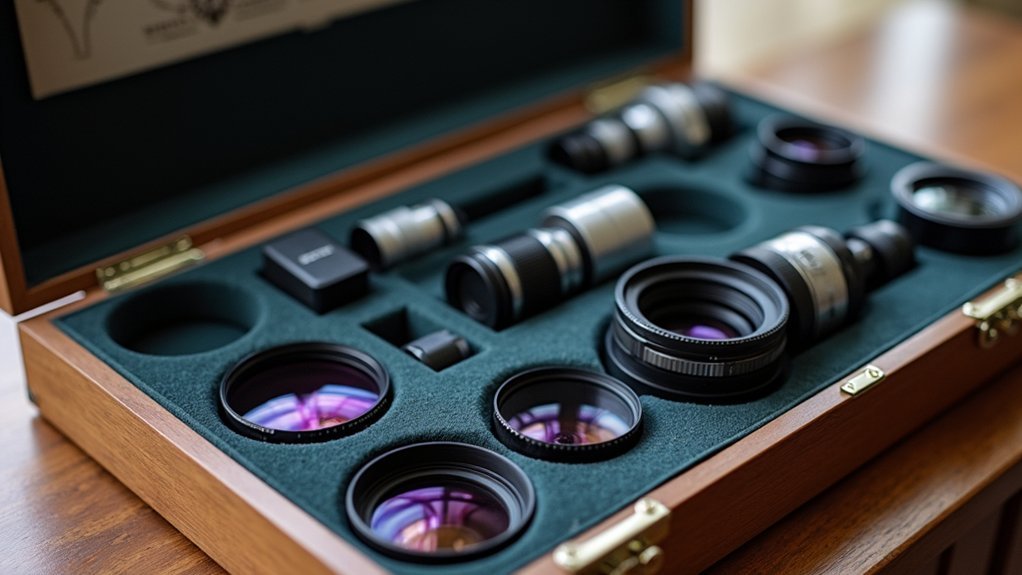
Your phase contrast system’s long-term performance depends as much on careful handling and storage as it does on regular maintenance.
Store all phase contrast components in a dust-free environment to prevent contamination of delicate optical surfaces. Always use protective caps or covers when accessories aren’t in use to shield them from environmental exposure.
Label your immersion oils with received dates to track freshness and avoid using degraded products.
Keep cleaning materials, such as lens paper and swabs, in covered containers to maintain their purity. Regularly inspect storage conditions for humidity and temperature fluctuations, as these can promote fungal growth and damage optical elements.
Troubleshooting Common Phase Contrast Image Quality Issues
When you’re experiencing blurry phase contrast images, first check that the phase ring in your condenser turret is properly aligned with the objective lens to prevent misalignment artifacts.
You’ll need to inspect the centering of your annular ring, as even slight deviations can introduce unwanted light halos or glare around specimen edges.
If persistent light artifacts appear in your images, clean all optical surfaces carefully with lens paper and appropriate solvent to remove dust or oil contamination that scatters light.
Phase Ring Misalignment
Although often overlooked, phase ring misalignment represents one of the most common causes of poor contrast and image quality in phase contrast microscopy. Your condenser turret must be precisely aligned with the objective lens to achieve peak results.
Regular inspections of the phase ring position are essential, as even slight misalignment can dramatically diminish image quality.
To maintain proper alignment:
- Visually verify the phase ring is correctly oriented and securely seated in the condenser turret.
- Establish Koehler illumination with H&E-stained slides before fine-tuning your phase contrast.
- If problems persist, check that your condenser turret moves freely and consider inspection of DIC optics.
Remember that consistent image quality depends on properly aligned components.
When troubleshooting, misalignment should be your first consideration before more complex issues.
Unwanted Light Artifacts
Unwanted light artifacts can severely compromise the quality of phase contrast images, despite users having high-quality equipment. Regular inspection of your phase ring alignment relative to the objective lens is essential for preventing these distortions. When troubleshooting artifacts, always check for dust or contamination on optical surfaces, especially the objective front lens.
| Artifact Source | Solution |
|---|---|
| Phase ring misalignment | Inspect condenser turret alignment |
| Dust/contamination | Regular cleaning of microscope optics |
| Improper immersion oil | Use compatible oil, apply correctly |
| Vibration | Test with fluorescent beads, stabilize |
Proper cleaning routines for optical instruments greatly impact image quality. Remember that even small amounts of contamination can scatter light and create unwanted artifacts. Always use appropriate cleaning materials and techniques to maintain ideal performance of your phase contrast system.
Scheduled Maintenance Calendar for Long-Term Equipment Preservation

To maximize the lifespan of your phase contrast equipment, implementing a structured maintenance calendar is crucial. Regular inspection and cleaning prevent dust and contaminants from compromising your optical surfaces.
Consistent maintenance schedules significantly extend microscope longevity by preventing contamination of critical optical components.
Establish monthly checks of mechanical components and objective lenses, with thorough cleaning of all optical surfaces every two months using appropriate solvents.
- Daily/After Each Use – Clean immersion oil from contact areas to prevent residue buildup that can damage optical components
- Monthly – Inspect all optical surfaces and mechanical parts for dust accumulation and early signs of wear
- Bi-Annual – Perform complete system calibration and alignment check to maintain peak performance
Maintaining a detailed maintenance log helps track your microscope’s performance history and simplifies troubleshooting when issues arise.
This systematic approach guarantees your equipment remains precise and reliable for years.
Frequently Asked Questions
How Do You Prepare for a Phase Contrast Slide?
Clean your objective lens and condenser first. Apply immersion oil to both slide surfaces. Place a thin specimen on the slide, align the phase ring with your objective, and use Koehler illumination for ideal contrast.
What Are the Proper Care, Cleaning, and Maintenance Procedures for Microscopes?
Clean objectives with lens paper and proper solvents. Don’t use compressed air. Remove immersion oil promptly. Cover your microscope when not in use. Track maintenance history and perform regular inspections to maintain peak performance.
How Often Should a Microscope Be Cleaned?
You should clean your microscope after each use, especially if you’ve used immersion oil. Perform deep cleaning of lenses and filters every 6-12 months, and inspect eyepieces and other components regularly to prevent contamination.
Why Should the Oil Immersion Objective Be Cleaned Immediately?
You should clean the oil immersion objective immediately because oil can penetrate and damage components, degrade image quality, create artifacts, and become harder to remove over time, affecting your observation accuracy.
In Summary
You’ll extend your phase contrast equipment’s lifespan considerably by following these care guidelines. Remember to clean components daily, handle accessories properly, and stick to your maintenance schedule. Don’t wait until image quality suffers—proactive care prevents costly repairs and downtime. When you invest time in proper cleaning and maintenance, you’re ensuring consistently clear imaging results and protecting your valuable scientific investment.

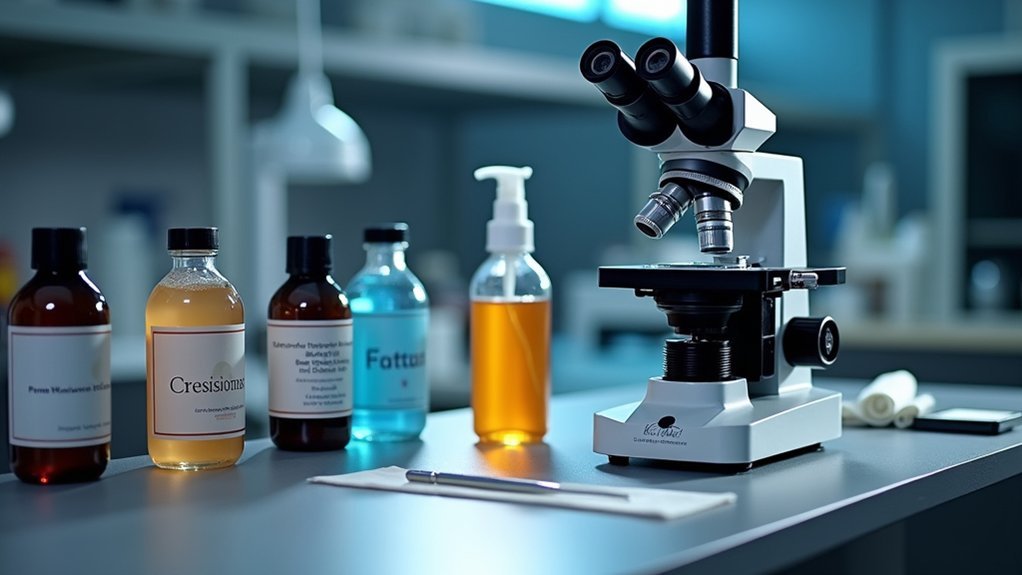
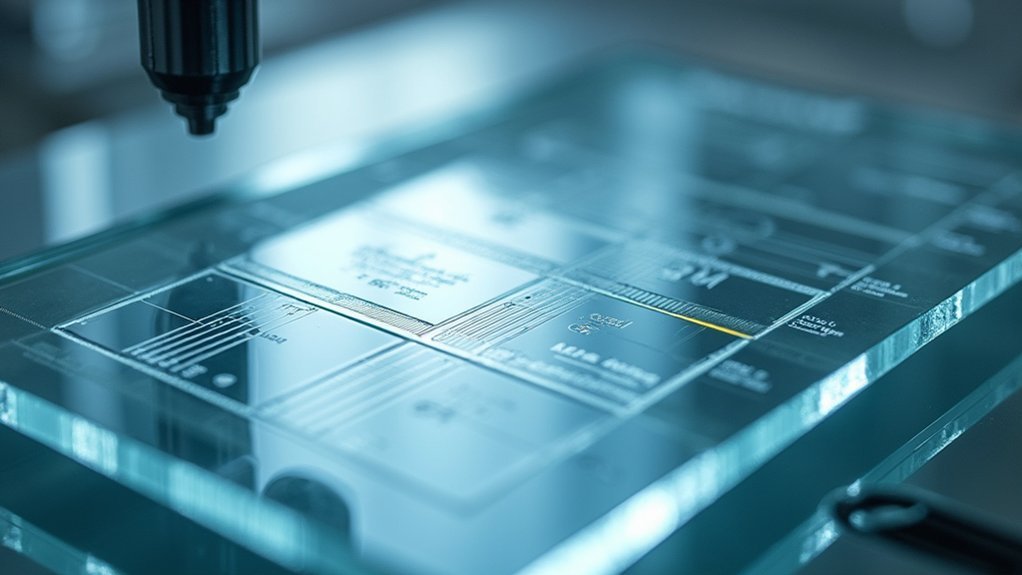
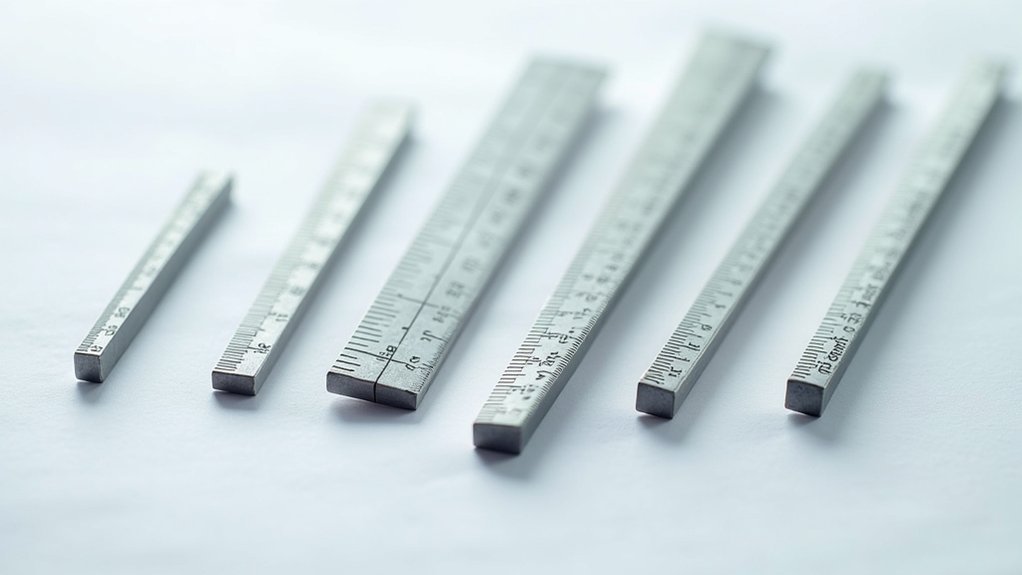
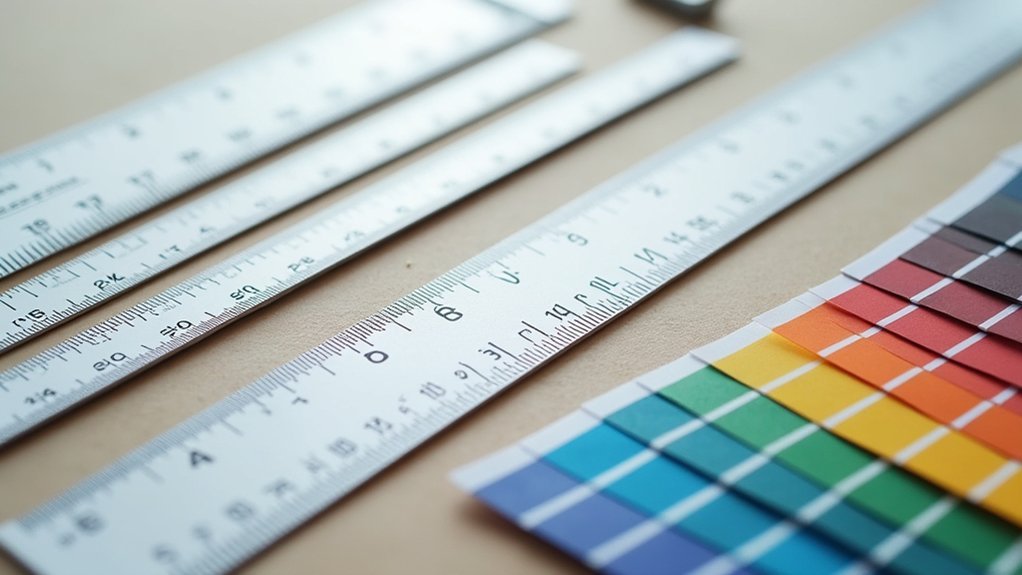
Leave a Reply